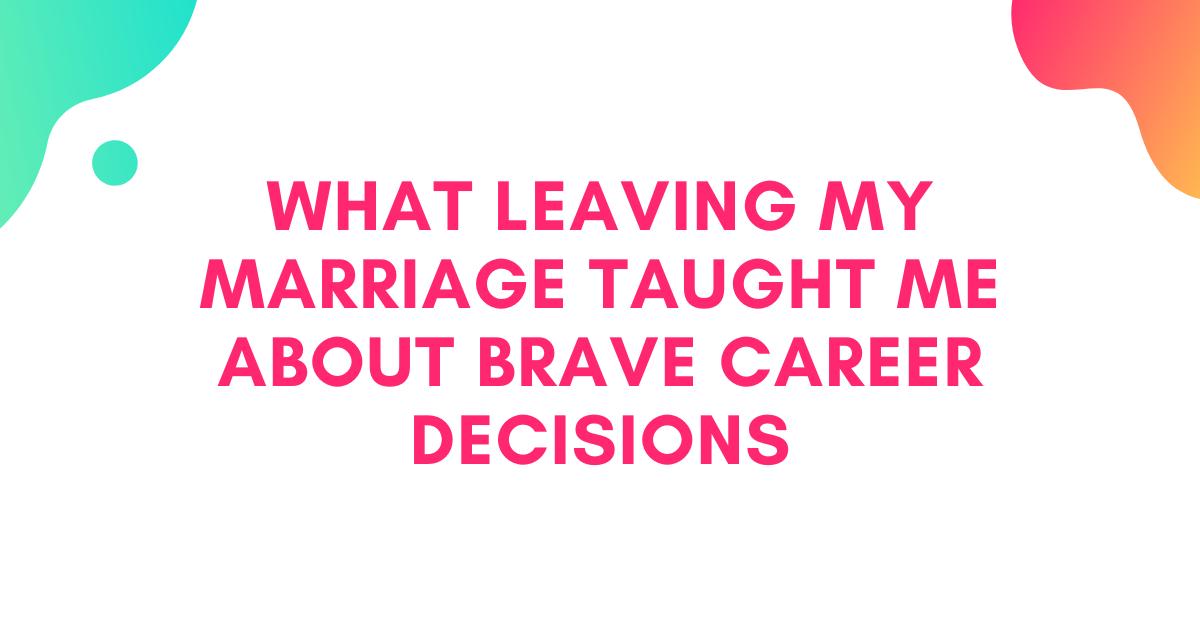Zen & The Art of Office Politics: A Guide for Conflict-Flexible Leadership
Early in my career, it took me years of perseverating (“Why does my manager insist on micromanaging this?!”) and pushing through stress-induced illnesses to finally start building a toolkit for navigating the mess of office politics.
But what if you don’t have to figure it out the hard way?
What if handling frustrating work situations didn’t require Machiavellian maneuvers—or pretending everything’s fine?
For close to a decade now, I’ve helped smart, thoughtful professionals—especially those who feel allergic to office politics—earn fast-tracked promotions and raises without throwing anyone under the bus. (You can read my clients’ results HERE).
The core principle?
We can all learn to be conflict-flexible—to move beyond our default patterns when navigating conflict at work.
Let’s break this down.
At its heart, office politics is really about conflict.
Conflict happens when we want something—or someone—to be a certain way, and another stakeholder disagrees.
If there were no disagreement about how things are done or communicated, we wouldn’t call it office politics. We’d just call it business as usual.
Many of my clients—especially women and people of color—tend to default to avoiding or accommodating conflict.
That’s not a flaw.
It’s social conditioning.
We’ve been taught that it’s safer to “get along to go along.”
And let’s be honest: for women and people of color, the risks of being labeled difficult, angry, or unlikable are real when we express disagreement.
So while it’s completely understandable that we lean toward harmony, the deeper challenge isn’t changing the people around us (because—spoiler—that rarely works).
It’s about growing our response range.
Becoming more flexible.
Learning to choose the right move for the moment.
There are at least five universal strategies that can help you navigate office politics—without sacrificing your values, your peace, or your power.
That’s what this mini, choose-your-own-adventure guide is all about.
It’s short, practical, and a little philosophical.
It’s designed to help you pause, reflect, and move forward consciously—not reactively.
It’s also cheeky, a little silly, and deeply influenced by Asian culture (just like me, an Asian American woman navigating leadership, identity, and power).
I hope you enjoy it.
Even more—I hope it helps you find your next step.
Conflict isn’t going away—but how you meet it can evolve.
I hope this guide helps you slow down, reflect, and choose a response that feels both wise and true to who you are.



![Is your boss a bully? Do this 2 min EFT for stress reduction [VIDEO]](https://images.squarespace-cdn.com/content/v1/5ab420f6af2096d66f37cbec/1711992674487-JQXIH7W14BUHH5ILQTOO/Copy+of+Blog+Image+Title-7.png)

